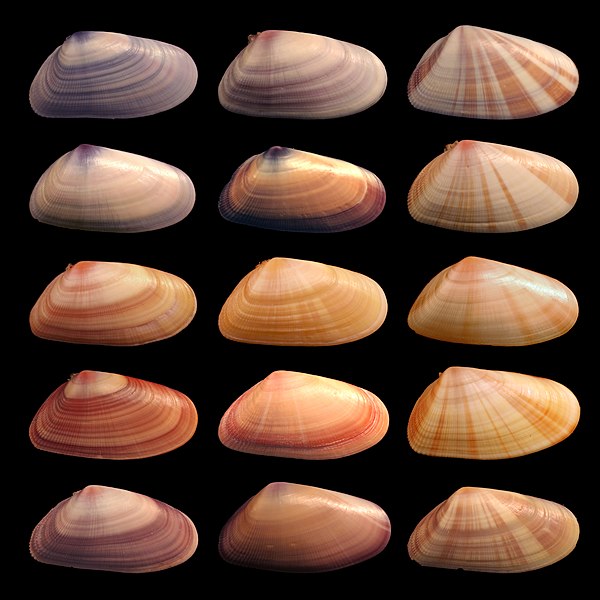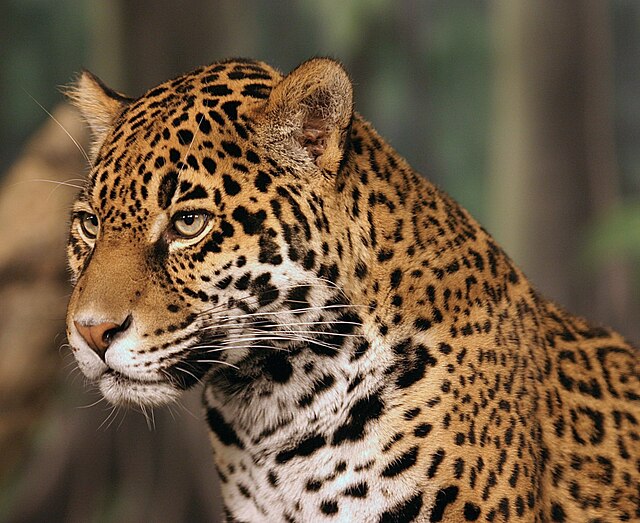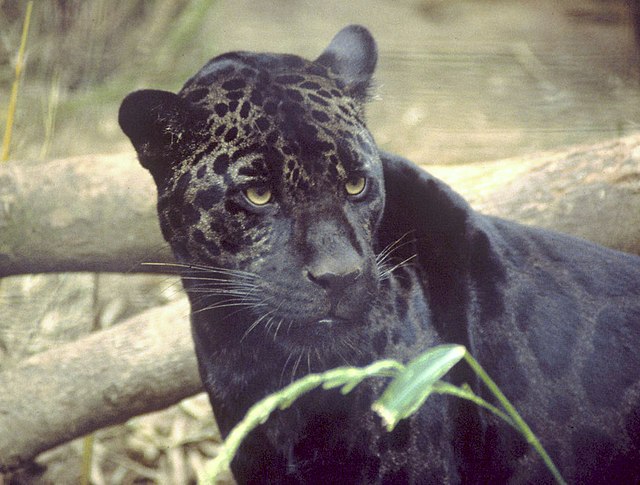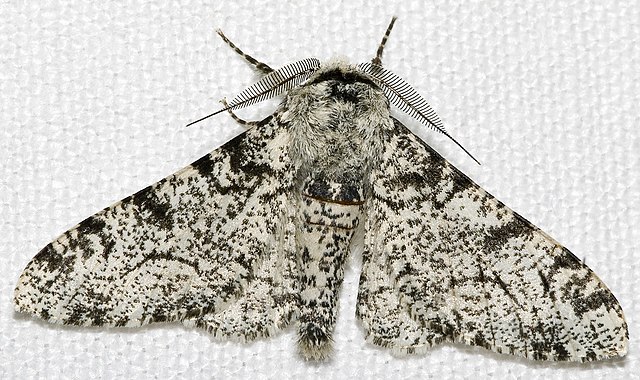In biology, polymorphism is the occurrence of two or more clearly different morphs or forms, also referred to as alternative phenotypes, in the population of a species. To be classified as such, morphs must occupy the same habitat at the same time and belong to a panmictic population.
Light-morph jaguar
Dark-morph or melanistic jaguar (about 6% of the South American population)
The white morph of the monarch in Hawaii is partly a result of apostatic selection.
In genetics, the phenotype is the set of observable characteristics or traits of an organism. The term covers the organism's morphology, its developmental processes, its biochemical and physiological properties, its behavior, and the products of behavior. An organism's phenotype results from two basic factors: the expression of an organism's genetic code and the influence of environmental factors. Both factors may interact, further affecting the phenotype. When two or more clearly different phenotypes exist in the same population of a species, the species is called polymorphic. A well-documented example of polymorphism is Labrador Retriever coloring; while the coat color depends on many genes, it is clearly seen in the environment as yellow, black, and brown. Richard Dawkins in 1978 and then again in his 1982 book The Extended Phenotype suggested that one can regard bird nests and other built structures such as caddisfly larva cases and beaver dams as "extended phenotypes".

The shells of individuals within the bivalve mollusk species Donax variabilis show diverse coloration and patterning in their phenotypes.
ABO blood groups determined through a Punnett square and displaying phenotypes and genotypes
Exploring relationships among phenotype, genotype and environment at different levels
Biston betularia morpha typica, the standard light-colored peppered moth







